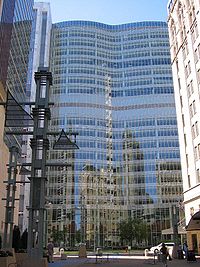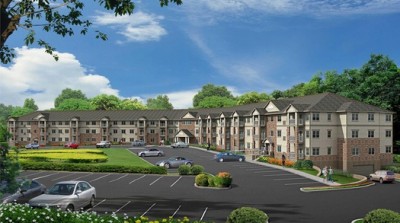Two developers are teaming up to bring some Twin Cities flavor to Rochester’s apartment scene.
Minneapolis-based Alatus LLC is partnering with the Pompeian family, longtime real estate developers in Rochester, on a proposed 13-story apartment tower that would visually change the main entrance from Hwy.
52 into the city’s downtown and Mayo Clinic complex.
The $100-million plan is unique for Rochester in both size and style, introducing a luxury class of apartments that have become common in bigger cities, including the Minneapolis-St. Paul metro area, in recent years.
 The level of commitment for economic growth in Rochester is becoming more and more apparent with increased development and investment activity in the DMC District.
The level of commitment for economic growth in Rochester is becoming more and more apparent with increased development and investment activity in the DMC District.
